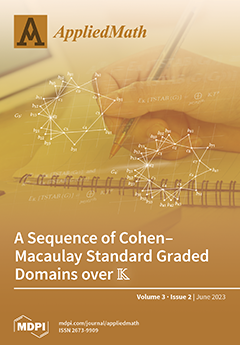This research employs computational methods to analyze the velocity and mixture fraction distributions of a non-reacting Propane jet flow that is discharged into parallel co-flowing air under iso-thermal conditions. This study includes a comparison between the numerical results and experimental results obtained from the Sandia Laboratory (USA). The objective is to improve the understanding of flow structure and mixing mechanisms in situations where there is no involvement of chemical reactions or heat transfer. In this experiment, the Realizable k-ε eddy viscosity turbulence model with two equations was utilized to simulate turbulent flow on a nearly 2D plane (specifically, a 5-degree partition of the experimental cylinder domain). This was achieved using OpenFOAM open-source software and swak4Foam utility, with the reactingFoam solver being manipulated carefully. The selection of this turbulence model was based on its superior predictive capability for the spreading rate of both planar and round jets, as compared to other variants of the k-ε models. Numerical axial and radial profiles of different parameters were obtained for a mesh that is independent of the grid (mesh B). These profiles were then compared with experimental data to assess the accuracy of the numerical model. The parameters that are being referred to are mean velocities, turbulence kinetic energy, mean mixture fraction, mixture fraction half radius (L
f), and the mass flux diagram. The validity of the assumption that w߰ = v߰ for the determination of turbulence kinetic energy, k, seems to hold true in situations where experimental data is deficient in w߰. The simulations have successfully obtained the mean mixture fraction and its half radius, L
f, which is a measure of the jet’s width. These values were determined from radial profiles taken at specific locations along the X-axis, including x/D = 0, 4, 15, 30, and 50. The accuracy of the mean vertical velocity fields in the X-direction (U
mean) is noticeable, despite being less well-captured. The resolution of mean vertical velocity fields in the Y-direction (V
mean) is comparatively lower. The accuracy of turbulence kinetic energy (k) is moderate when it is within the range of U
mean and V
mean. The absence of empirical data for absolute pressure (p) is compensated by the provision of numerical pressure contours.
Full article



